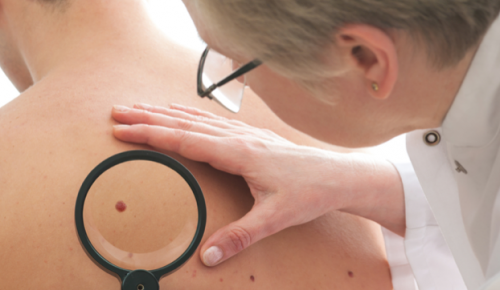Moles can quadruple risk of developing melanoma

Having moles on your skin can quadruple your risk of developing melanoma, the deadliest type of skin cancer, according to a study released this week by experts at the University of Melbourne, University of Oxford, and the Epworth HealthCare.
The researchers compared the medical records of two groups of people – 271,656 for whom moles had been recorded during a hospital visit for any condition, and 10,130,417 who did not have moles recorded.
Comparison of the two groups revealed over all, the group with moles were approximately 4.6 times more likely to develop melanoma than the group with no recorded moles.
Significant risk increases were identified when moles and subsequent melanoma occurred at the same site on the body, as well as when they occurred at different sites.
Professor Rodney Sinclair, Professor of Medicine at the University of Melbourne and Director of Dermatology at Epworth HealthCare said moles on the trunk of the body were associated with an increased risk of both melanoma on the trunk and melanoma elsewhere.
"We found that the increase was greater when the mole was at the same site as the melanoma – people with moles on their trunk were nine times more likely to develop melanoma on the trunk, and 5.6 times more likely to develop melanoma elsewhere on the body," he said.
"Our results show patients with a hospital diagnosis of moles, have a high risk of developing melanoma both around the site of the mole and elsewhere on the body. These people might, therefore, benefit from increased surveillance," said Professor Sinclair.
However, melanoma is linked to moles and approximately half of melanomas develop in pre-existing moles.
Professor Sinclair advocates for people to check their moles regularly and report any changes to their doctors.
"When melanoma develops in a pre-existing mole, there is usually an area of colour change, and it is the distinction in colour from the remainder of the mole that is a clue that it might be harmful. Or the mole might be changing in another way, such as growing. If a mole changes in size, shape or colour, or a new mole develops in an adult, then it is best to see your GP," said Professor Sinclair.
Melanoma is the least common but most serious type of skin cancer.
Around 2,000 Australians die from skin cancer each year. Australia has one of the highest rates of skin cancer in the world.




















